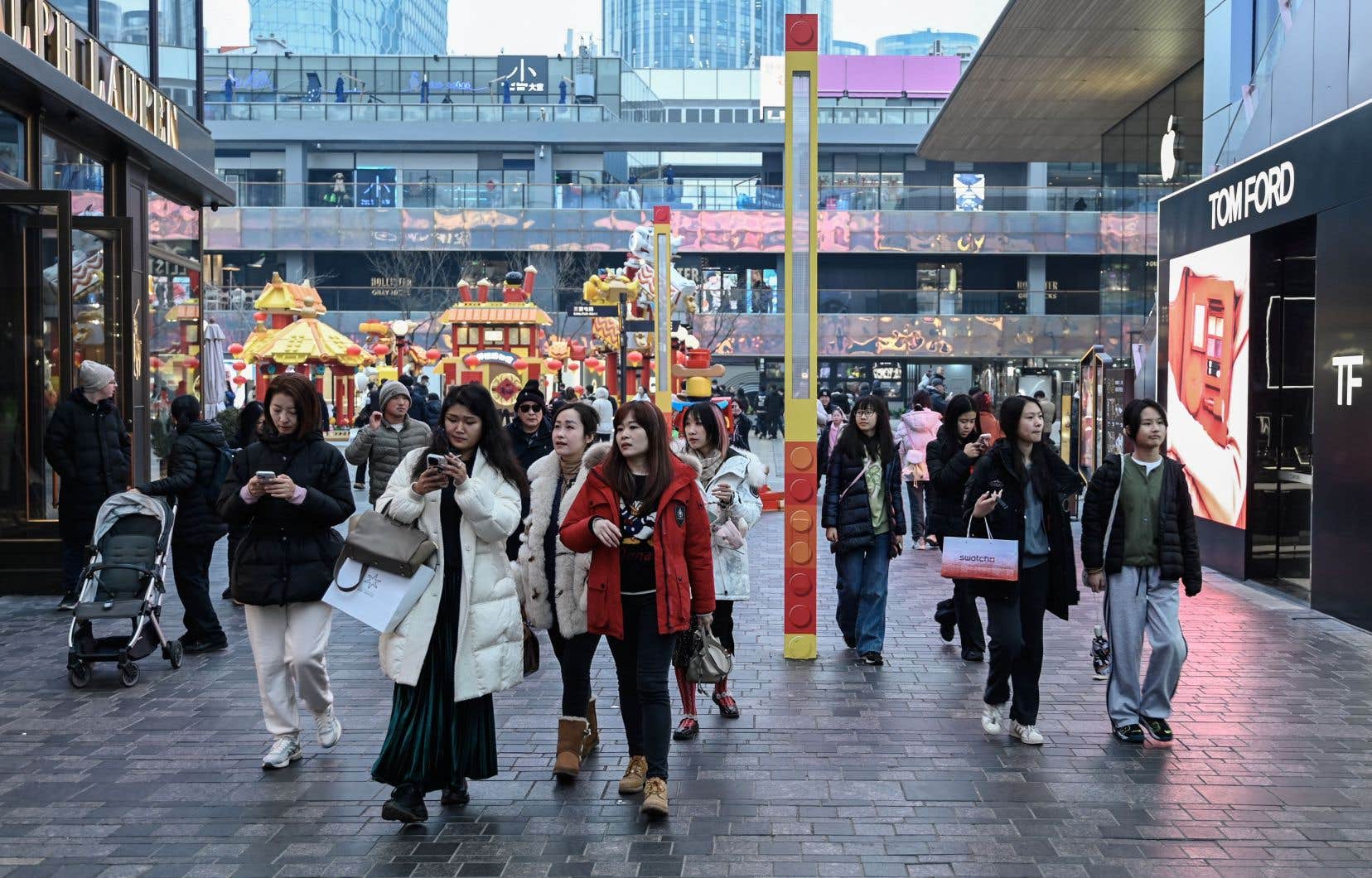Consumer prices in China increased in February by 0.7% year-on-year, marking the country’s exit from deflation for the first time since August 2023, according to official figures released on Saturday.
The world’s second-largest economy experienced its biggest fall in prices in 14 years in January, in contrast to the situation in the main economies, particularly Western ones, which are prey to inflation and a decline in purchasing power. part of their inhabitants.
The inflation figure in February is higher than the expectations of analysts polled by the Bloomberg agency, who forecast 0.3%.
Consumer prices are generally boosted by the Lunar New Year, which fell in February this year.
China slipped into deflation in July 2023, for the first time since 2021. After a brief rebound in August, prices had been in constant decline since September.
While a decline in prices may seem like a good thing for purchasing power, deflation is a threat to the economy because consumers tend to postpone purchases in the hope of further declines.
Due to a lack of demand, companies are then forced to reduce their production and agree to new discounts to sell off their stocks.
This situation, which weighs on their profitability, pushes them to freeze hiring or to lay off employees.
Economists speak of a harmful spiral, because this phenomenon is an additional brake on consumption.
Over the whole of 2023, inflation in China increased by an average of 0.2%, far from the rates recorded in the main economies – such as in France where it reached 4.9%.
The target set by the Chinese government for 2024 is inflation at 3%.
For its part, the producer price index (PPI) contracted again in February (-2.7%) for the 17e consecutive month, the National Bureau of Statistics (NBS) announced on Saturday.
This index, which measures the cost of goods leaving factories and gives an overview of the health of the economy, was already down 2.5% in January.
Over the whole of 2023, it fell by 3%.
